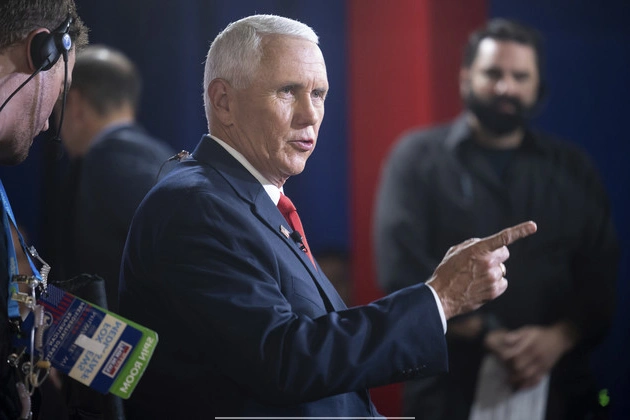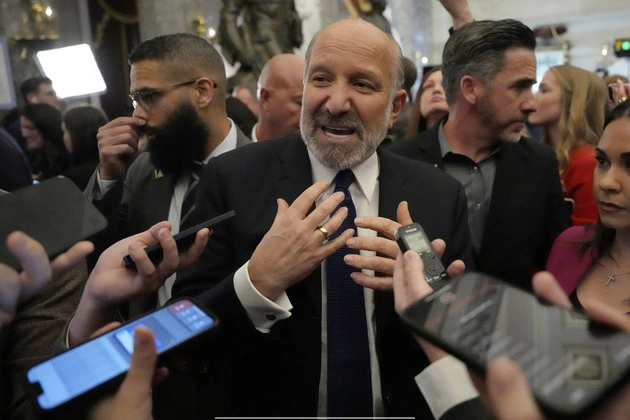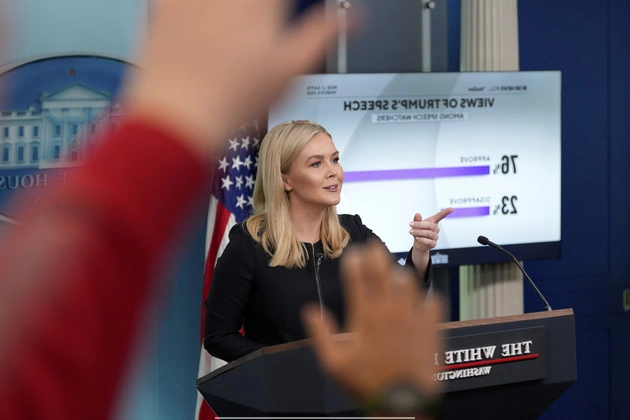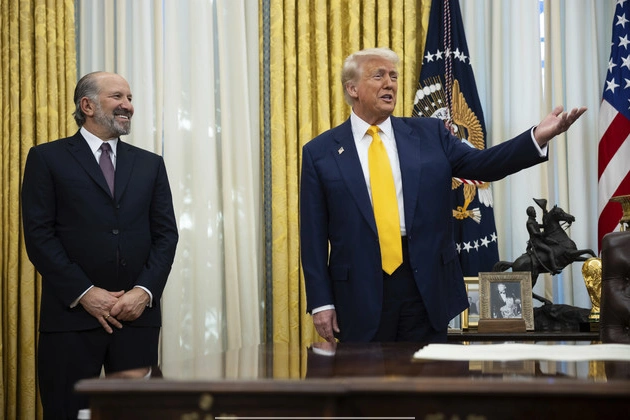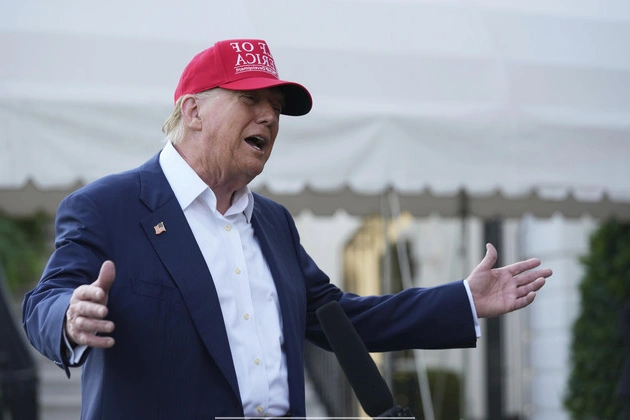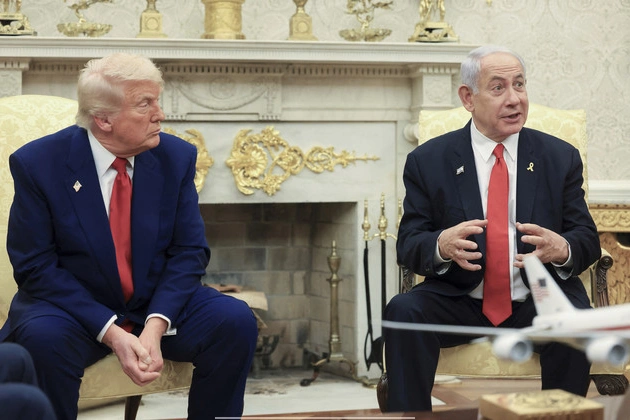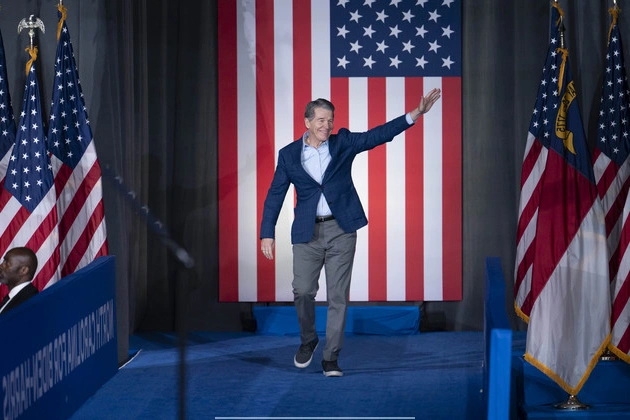
Trump reiterates Feb. 1 tariff deadline, muddying timeline for trade action
President Donald Trump reaffirmed his intention to impose stiff tariffs on the United States’ top trading partners on Feb. 1, despite conflicting reports on the timeline. The tariff agenda, initially set for a 100-day period, now faces uncertainty as Trump mentioned varying percentages for tariffs on China, Mexico, and Canada.
Timeline Confusion
During a White House event on AI infrastructure, Trump hinted at a 10 percent tariff on China due to concerns about fentanyl shipments to Mexico and Canada. The proposed date of February 1 for tariff implementation was reiterated, alongside a potential 25 percent tariff for Mexico and China.
Executive Order Discrepancy
Despite Trump’s public statements, the executive order on trade issued by the White House did not mention the Feb. 1 deadline. Instead, it focused on reviews and policy recommendations, postponing tariff decisions until at least April 1.
Policy Implications
White House trade counselor Peter Navarro highlighted the order as a blueprint for future trade policies over the next 100 days. Discussions on tariffs, trade agreements, and reviews were emphasized, signaling a comprehensive approach by the administration.
Contrary to speculations, Trump denied using tariffs as leverage in trade negotiations, particularly concerning the U.S.-Mexico-Canada Agreement. He emphasized border security concerns and urged action from Canada and Mexico to address the issue.
Future Tariff Actions
While the timeline for tariffs remains uncertain, Trump’s administration is laying the groundwork for potential actions. The threat of tariffs continues to be a strategic tool in diplomatic negotiations, keeping foreign leaders on alert for future developments.
Experts and politicians alike are closely monitoring the situation, with differing views on the effectiveness and timing of Trump’s tariff threats. The ongoing discussions reflect the complex nature of international trade relations and the need for strategic decision-making.







